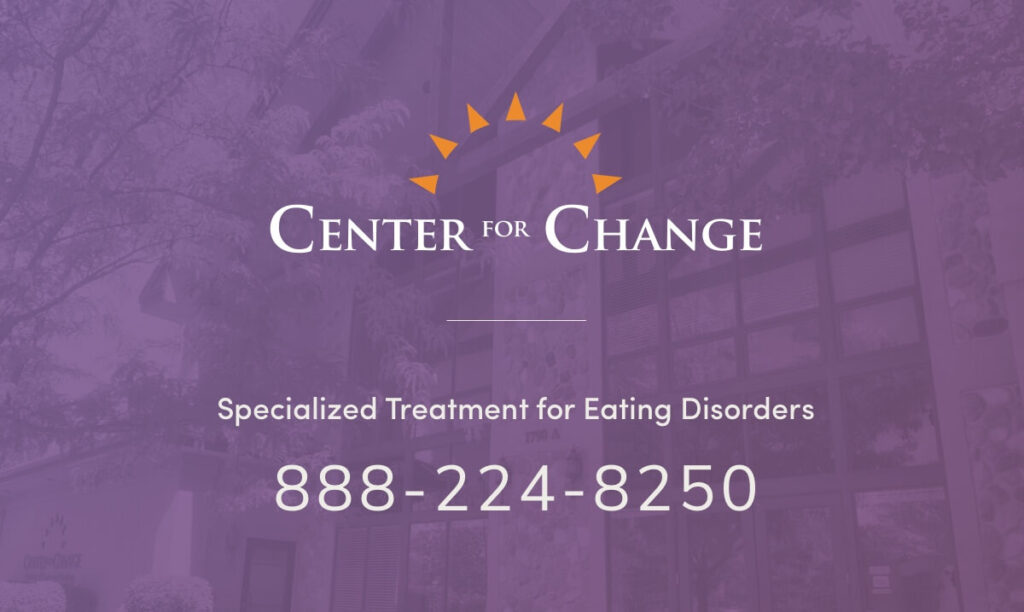Please note that this is an Archived article and may contain content that is out of date. The use of she/her/hers pronouns in some articles is not intended to be exclusionary. Eating disorders can affect people of all genders, ages, races, religions, ethnicities, sexual orientations, body shapes, and weights.
I’ve gotten to partner with the Center for Change for the past eight years, specifically with their diabetes and eating disorder specialty program. I’ve spoken at events to people with diabetes, as well as healthcare professionals who are treating them. During this time, I’ve gotten a lot of questions about what diabetes is and a myriad of other questions. So, I thought for this month’s blog post, I would take it back to the basics of diabetes so that you could better understand this chronic illness by reading this post.
When my younger brother Will was diagnosed with type 1 diabetes nearly 28 years ago, my only knowledge of the disease was what I knew about Stacy from the Babysitters Club Book series. I knew someone needed to get her orange juice if her blood sugar was low. Beyond that, I had no understanding. Two and half years later, I was also diagnosed with type 1 diabetes, and I needed to take the driver’s seat to become an expert.
 Some of the craziest things I’ve heard people say about diabetes:
Some of the craziest things I’ve heard people say about diabetes:
· You don’t look like someone who has diabetes.
· Is diabetes contagious?
· Can you eat that (literally anything)?
· Haven’t you heard about the cure for diabetes?
· You must get used to the feeling of syringes.
· I’d rather die than give myself daily injections.
· I know all about diabetes because my cat and dog have diabetes.
· Do you have the bad or the good type of diabetes?
· Is the reason why you got diabetes because you ate too much sugar?
· You must have been born with type 1 diabetes.
· You stressed my Dad out so much you gave him diabetes (ok, I heard this one from my husband!).
· If you take cinnamon, you can cure your diabetes.
· If you did a specific exercise routine and lost weight, you wouldn’t have diabetes.
First, I want to say this: I don’t expect people to be diabetes experts. When my cousin was born, and we were told he had Down syndrome, I had limited knowledge of what that meant. I hope and intend that we, as a society, think before we say things. We ask questions instead of making statements. Most people living with chronic illnesses are exhausted and burnt out. I’ll speak from my experience, but a lot of these types of comments hurt me, especially in the early years of having the disease. I didn’t have the strength or the confidence to use my voice.
I’m not a medical professional, but I’ve lived with this chronic, incurable illness for 25 years without one day off. So here is an explanation of the two main types of diabetes in layperson’s terms.
Type 1 Diabetes:
· It used to be called Juvenile Diabetes, but we no longer use that since there are a lot of people diagnosed after the age of 18 (though rare).
· Makes up about 5 percent of Americans living with diabetes.
· Your pancreas, which produces insulin, stops. I tell people my pancreas broke down and stopped working one day.
· Treatment: Since my pancreas no longer produces insulin, I have to either test my blood sugar multiple times a day or wear a continuous glucose monitor that tells me my blood sugar. Based on my blood sugar and how many carbohydrates I eat, I calculate a insulin dose via a syringe or insulin pump.
· Insulin is my life support. It’s like oxygen. If type 1 doesn’t take this, they will die.
· Autoimmune disease means that my parents could’ve put Will and me on a hamster wheel and fed us lettuce…and we still would’ve got type 1 diabetes. Researchers are still trying to figure out the exact cause of the disease.
· There is no cure.
Type 2 Diabetes:
· It used to be called Adult-Onset Diabetes, but we no longer use that term because we see children getting diagnosed with this type.
· Makes up 90-95 percent of the 30 million Americans living with diabetes.
· The pancreas still produces insulin, but they have an insulin resistance issue affecting their blood sugar.
· Treatment: depending on the severity of the insulin resistance, medical professionals may prescribe lifestyle changes, oral medication, and/or insulin injections.
· Risk factors: older age, gender, ethnicity, history of gestational diabetes, family history, weight, and inactivity.
· There is no cure for this type either. There are many misconceptions that if someone has type 2 and makes adjustments to their life, they no longer need medication to treat the disease that they are cured. This is false.
Do you have a question about diabetes? Email me at [email protected], and I’d be happy to answer it! You can check out webinars that I’ve done in the past on this topic here: Center for Change – YouTube.
Center for Change’s Unique Treatment Approach:
At Center for Change, we provide full-service diabulimia treatment, with round-the-clock nursing and dietary care that stabilizes blood sugar levels long in flux due to the eating disorder. Our physicians and nurse practitioners evaluate patients consistently and provide medical interventions for their specific needs. Our Certified Diabetic Educator performs weekly assessments for each patient with diabetes, collaborating with members of the treatment team and outside medical specialists, such as the patient’s endocrinologist, to ensure the best individualized care and treatment our patients deserve.
The medical and dietary teams work closely together to ensure that individual meal plans are created to meet the patient’s dietary needs.
Diabulimia Treatment | Center for Change

